
Ingredient
Baby leaf chards
The Tender Green: Baby Leaf Chards
Baby leaf chards are small, tender leaves with vibrant colors ranging from green to red. They have a mild, slightly earthy flavor and a delicate texture. These young leaves are commonly used in salads, stir-fries, and sautés to add a pop of color and flavor.
Origins and history
Chard, including baby leaf chards, is believed to have originated in the Mediterranean region and has been cultivated for thousands of years. It was highly valued by the ancient Greeks and Romans for its medicinal properties. Today, chard is grown in many countries around the world.
Nutritional information
Baby leaf chards are low in calories and rich in vitamins A, C, and K. They also provide minerals like potassium and magnesium. These tender leaves are a great addition to a healthy diet.
How to select
When selecting baby leaf chards, look for leaves that are vibrant in color, crisp, and free from wilting or discoloration. Avoid leaves that appear yellowed or have brown spots. Baby leaf chards are commonly available in pre-packaged bags or can be grown in home gardens by planting chard seeds in well-drained soil and providing adequate sunlight and water.
Storage recommendations
To store baby leaf chards, remove any damaged or wilted leaves and place them in a plastic bag or container lined with a paper towel. Store in the refrigerator for up to a week.
How to produce
Baby leaf chards can be easily grown in home gardens by planting chard seeds in well-drained soil and providing adequate sunlight and water. They can be harvested when the leaves are young and tender, usually within 30-40 days.
Preparation tips
Baby leaf chards can be used raw in salads, added to sandwiches, or used as a bed for other ingredients. They can also be sautéed, stir-fried, or added to soups and stews. These tender leaves cook quickly and can be a nutritious addition to various dishes.
Substitutions
Spinach or kale can be used as substitutes for baby leaf chards in recipes.
Culinary uses
Baby leaf chards are commonly used in salads, sandwiches, and wraps. They can also be added to stir-fries, pasta dishes, and soups. In Mediterranean cuisine, chard is often sautéed with garlic and olive oil.
Availability
Worldwide
More ingredients from this category
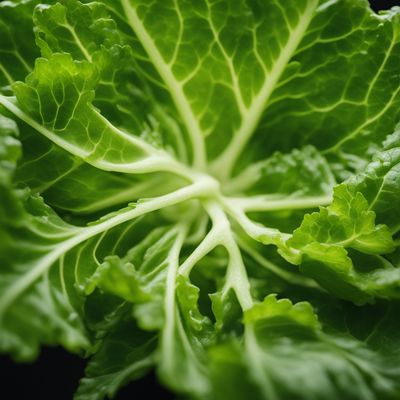
Baby leaf lettuces
The Delicate and Tender Greens: Baby Leaf Lettuces
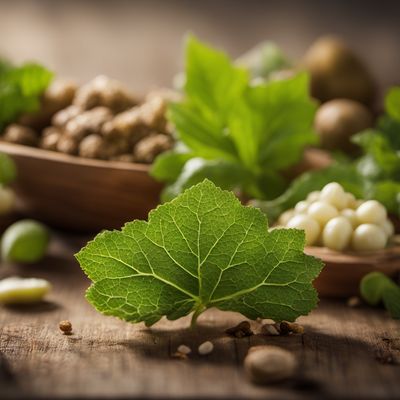
Other species harvested at baby leaf stage
The Delicate Delights of Baby Leaf Harvesting
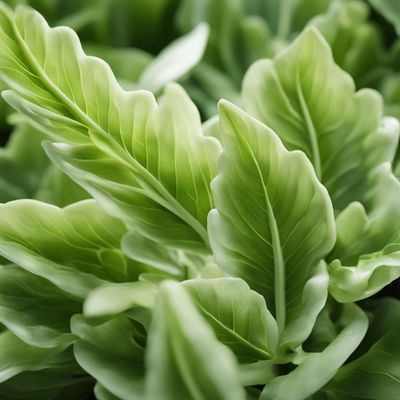
Baby leaf escaroles
The Delicate Bitter Greens

Baby leaf spinaches
The Delicate Green: Exploring the Versatility of Baby Leaf Spinach
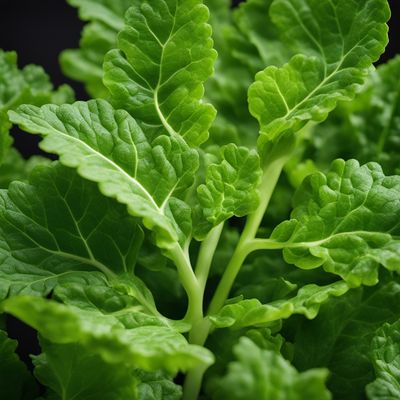
Baby leaf indian mustard leaves
The Vibrant Delight of Indian Mustard Leaves
Recipes using Baby leaf chards
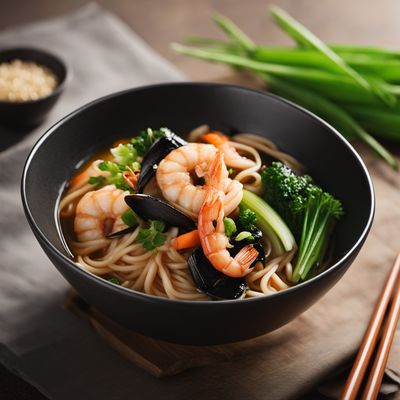
Canadian-style Seafood Udon
Oceanic Delight: Canadian Seafood Udon
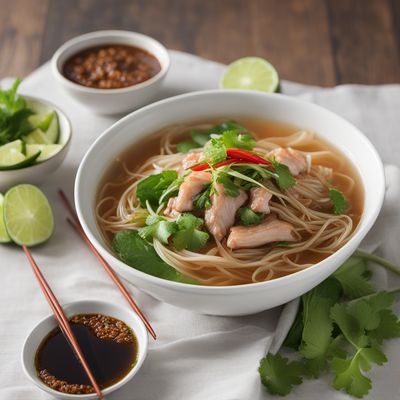
Chim Chum - Thai Hot Pot Delight
Fiery Delights: Exploring the Flavors of Chim Chum
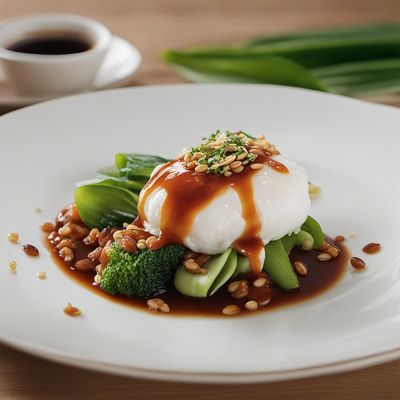
Shanghai-style Poached Eggs with Spicy Sesame Sauce
Silken Eggs in Fiery Sesame Bath

Molecular Gastronomy Hot Pot
The Molecular Melting Pot: A Modern Twist on Hot Pot
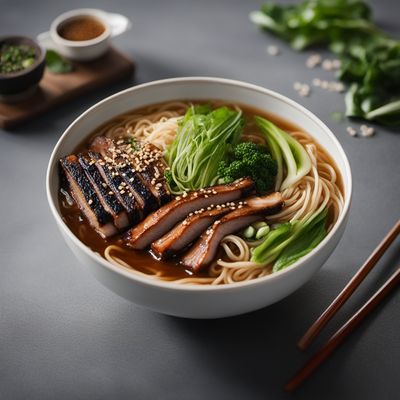
Burnt Miso Ramen with a Twist
Smoky Miso Ramen: A Flavorful Twist on a Classic

Uht Sukusuk with a Japanese Chinese Twist
Savory Seafood Delight: Japanese Chinese Uht Sukusuk

Samlor Kako - Cambodian Coconut Soup
Coconut Delight: A Creamy Cambodian Soup

Gower-inspired Seared Scallops with Braised Bok Choy
Seaside Delight: Gower-inspired Scallops with Tender Braised Bok Choy

Newari-style Spinach Dal
Savory Spinach Lentil Delight: A Newari Twist on Palak Dal
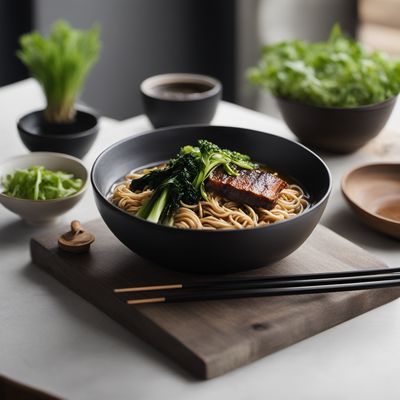
Burnt Miso Ramen with Charred Vegetables
Umami Explosion: Burnt Miso Ramen with Smoky Charred Vegetables